Photo: Ride the Wave by Ante Badzim
Originally published: Jan. 17, 2017; updated / re-published May 1, 2019
What makes minimalism successful? Photographer Ante Badzim shares his story with 500px and gives us some insight into his photography style.
500px: How did you get started in photography?
Ante Badzim: My dad gave me my first camera at the age of 10. When my parents migrated to Australia from Croatia in 1965, they brought very little possessions with them. One of the first indulgent items they purchased after working hard to establish themselves in Australia was a camera. The camera was to capture their new life together and the family they were planning. After my dad handed that very camera down to me when I was 10, my photography journey started. Whether it was at school or using my sisters as subjects, taking photos became a passion, a distraction, and a lifeline when it came to the challenges I experienced growing up.
What is your personal history and how has this influenced your work?
I am constantly in thought; one of my personal challenges is to cut through that and block out the noise. In my work, I think I have achieved this by capturing images that showcase a sense of calmness and simplicity.
How did you discover minimalism and a white/bare aesthetic as a method of communication?
My approach is to show the true beauty of the subject with the intention to minimize any distractions that surround it. I always felt unsatisfied with my earlier work and would get frustrated with objects in the frame, almost wishing they weren’t there. I now know that this was because I hadn’t found my true style. When I found a subject or space that was bare, I really felt at home. Becoming aware of this, I creatively found myself.
What attracted you to minimalism and the singular view you take towards photography?
Life’s clichés, such as being in the moment, always seem to be the most important and rewarding. Removing unnecessary distractions has also naturally translated in my images. There seems to be a distinct connection between my personal journey and my photography, which is rewarding as I know I am being true to myself and my work.
How do you see a white/bleached aesthetic as a trend in photography?
The way we consume images has changed dramatically with the rapid increased use of digital devices, which typically have a smaller display opportunity. This is very different to historical consumption, where an image would be displayed on a white wall and where the impact of this style of photography would be compromised.
What captures an audience’s attention about the use of little or no color (especially in relation to color blocking or candy minimalism)?
I think it comes back to the element of distraction and lack thereof. Providing an opportunity to focus gives the viewer time to understand the element of space. When you remove or change the relationship we have with color, it introduces interest and engages the audience so they can appreciate the image on a deeper level.
How does your work contribute to the discourse around photography?
My main goal is to promote the power of images and photography; this is why I actively engage across several social platforms with the aim to share ideas and inspiration. Working professionally with Olympus Australia in the community space, I am presented with opportunities to work with many diverse creatives. I am also in a position that provides exposure and collaboration opportunities to these creatives, which encourages discussion around stories and photography.
Conceptually, what are you trying to communicate through your use of a minimalist aesthetic?
The most simple of things, when isolated, can represent something beautiful. What we take for granted seems to be the most important and valuable. When I bring attention to these elements, it can function as a reminder to appreciate these simple things.
What recommendations do you have for photographers when working with white or a bleached aesthetic as a color palette?
Don’t be afraid to challenge the aesthetic—it will only reward you and further develop your craft. Recently I travelled to Tokyo for an assignment and initially was concerned with the lack opportunities that would accommodate my style. You would be surprised how your interpretation may develop and be realised in unexpected situations. In the same instance, be sure that your subject stands strong on its own and also that any muted or abundance of introduced space complements and emphasises the subject. The amount of bleached/white aesthetic and space always has to be considered; too much or too little makes a significant difference to the final result and will most certainly change in every instance.
What artists influence you and why?
Kyle Thompson has always intrigued me with his poetic images that emphasize the human element and its surroundings. The imagery at times can be confronting but always embodies a sense of calmness; I find this fascinating and beautiful at the same time. Nan Goldin is another artist that—even though the influence on my work is not obvious—still plays a part in creating images that again involve the human element and its surroundings. They both have a unique way of finding beauty in sometimes the most unexpected things.
Where do you find your inspiration?
I may explore locations or sights that have been documented by others. I may look at only components that make up some of the imagery and use this as a reference to emphasize them. The landscape plays a big role in how and when I have my camera in hand; understanding the opportunity for space will determine whether I am inspired to shoot. Sometimes just driving along the coast may be a trigger for a creative opportunity, and engaging with other like-minded people in my community also adds to my overall story and inspiration.
Where are places where you have seen the use of white/bleached emerge as a trend or strong aesthetic (companies, brands, advertising campaigns, architecture, etc.)?
Often when there is a strong narrative to accompany an image, I find the white/bleached aesthetic seems to be most noticeable. The advantage of such imagery can play a role in enhancing a message when photography and words are combined. Playing with small real estate on mobile devices means that this aesthetic is becoming most influential. More than ever, brands—whether reliant on traditional or digital media—are resorting to a white/bleached aesthetic to share their message.
What equipment, lighting and software do you use to capture this aesthetic?
I use the Olympus OM-D and PEN system with an extensive range of M.Zuiko Prime and PRO zoom lenses. I find the compact interchangeable lens system best; it allows me to effortlessly take my gear, regardless if for professional, travel, or everyday use. I find using a more compact lightweight setup makes it easier to connect with my surroundings and subjects. I only shoot in RAW, with my main editing tools being Lightroom, Photoshop, and occasionally my inbuilt VSCO presets.
How do you curate your personal profile/presence (in other words, how do you choose what to show and where to your audience)?
With Instagram, it is important that my aesthetic is consistent. For this reason, you will find my default minimalist style is most prevalent. It’s important to engage with your own community consistently with your style and message, as it is what encourages loyalty and discussion. My other channels may showcase other sides to my photography and behind the scenes activity, perhaps playing a more storytelling and informative role.
Badzim also provided additional context for his photos: Even though some images may not be directly and obviously connected, they work collectively with their emphasis on simplicity and space. Being patient is part of my creative process; I can easily wait in one location for hours for a moment to happen. It is not uncommon to have my 150mm prime lens fixed to my camera with no other gear with me. This setup allows me to take advantage of depth of field and allows me to capture specific moments and elements to isolate them from their surroundings. I’m not one to to overly compose or control the subject; I prefer to shoot with everything existing around me as it should.
–
Follow Ante Badzim
500px: 500px.com/antebadzim
Website: antebadzim.com
Instagram: @ante
Facebook: facebook.com/BadzimAnte
Twitter: @antebadzim
Thanks to Kimberly Potvin for conducting the interview.
Not on 500px yet? Sign up here to discover more inspiring minimalist photography!









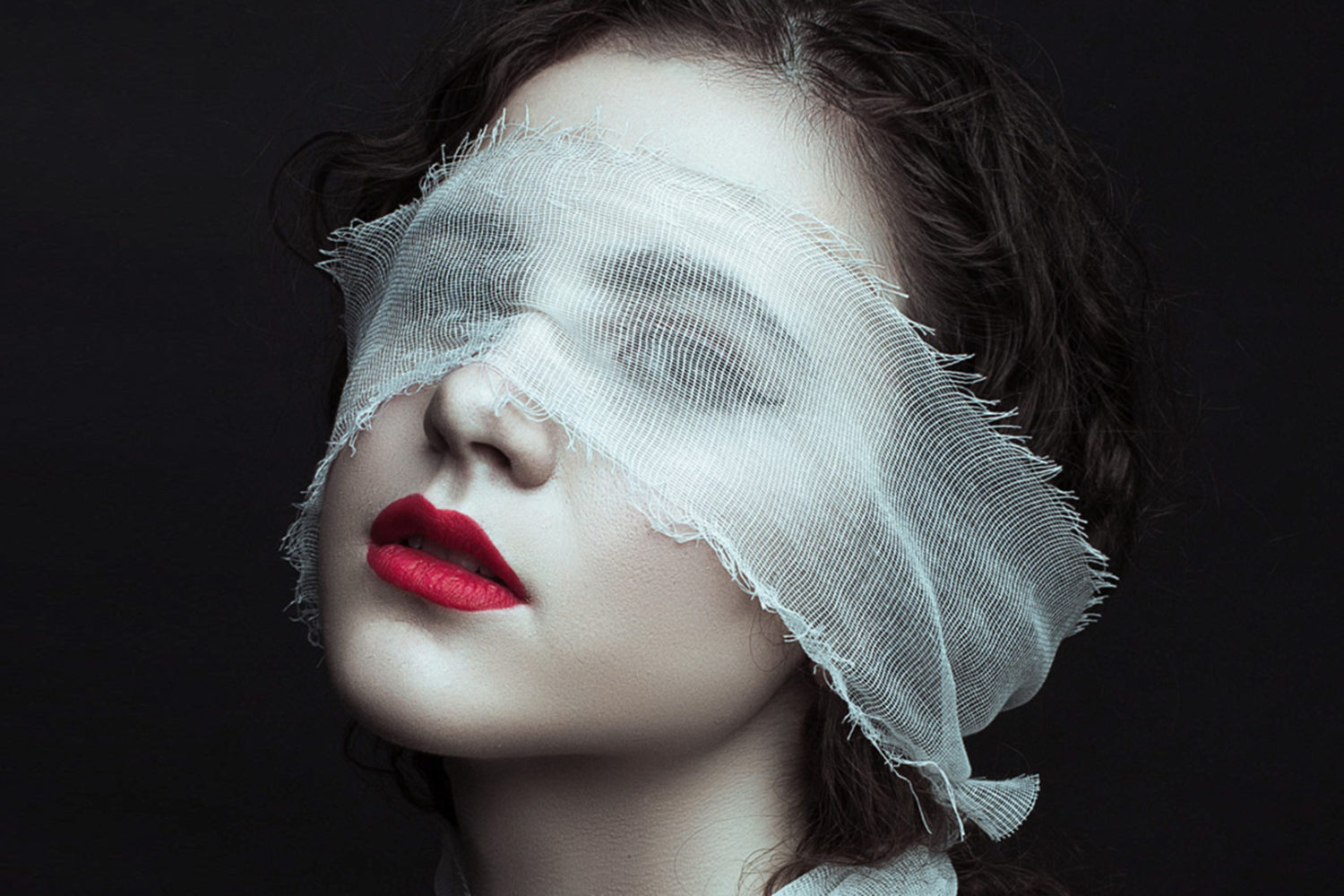
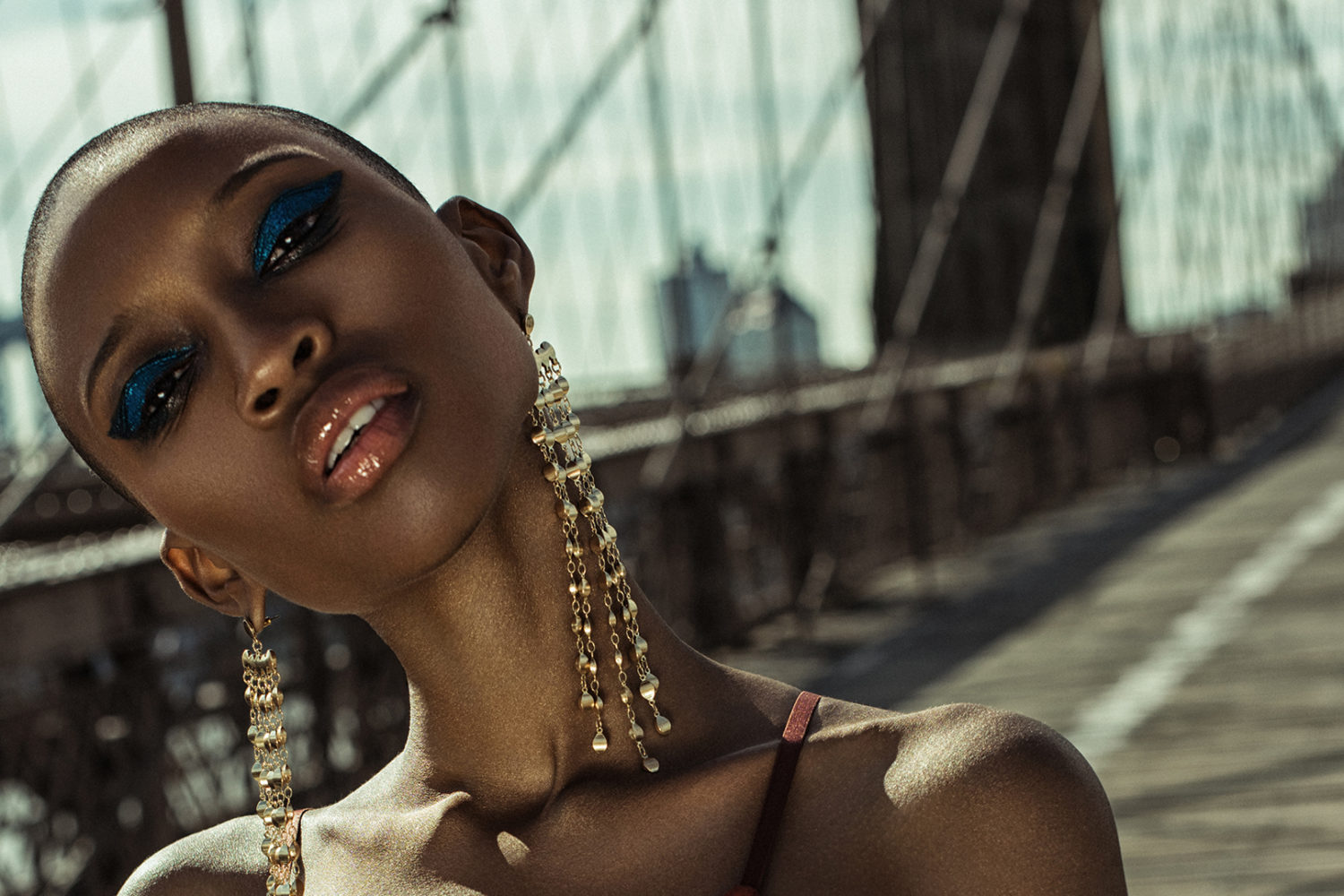
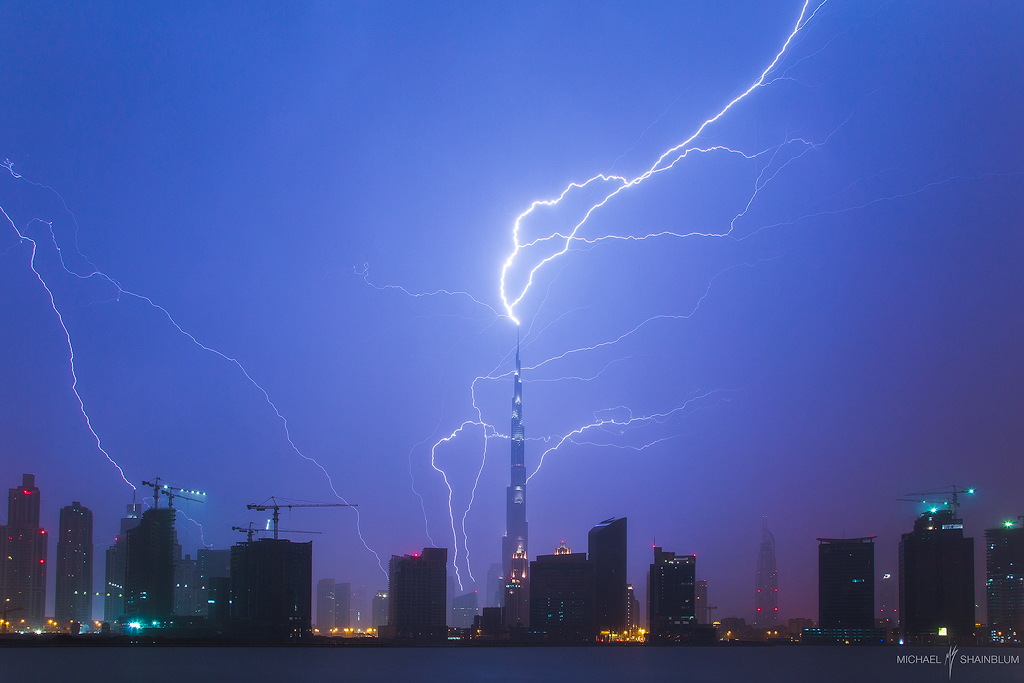
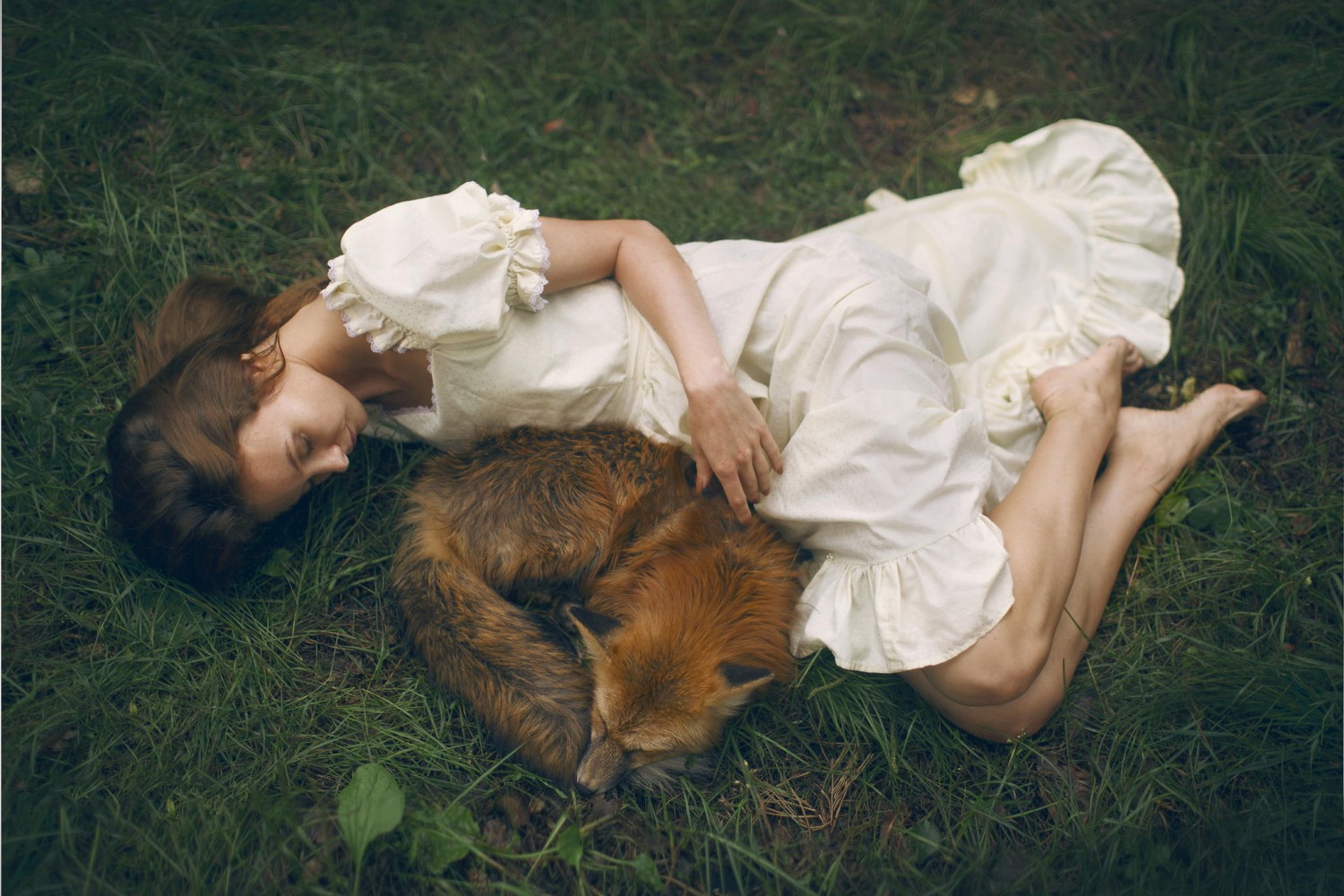
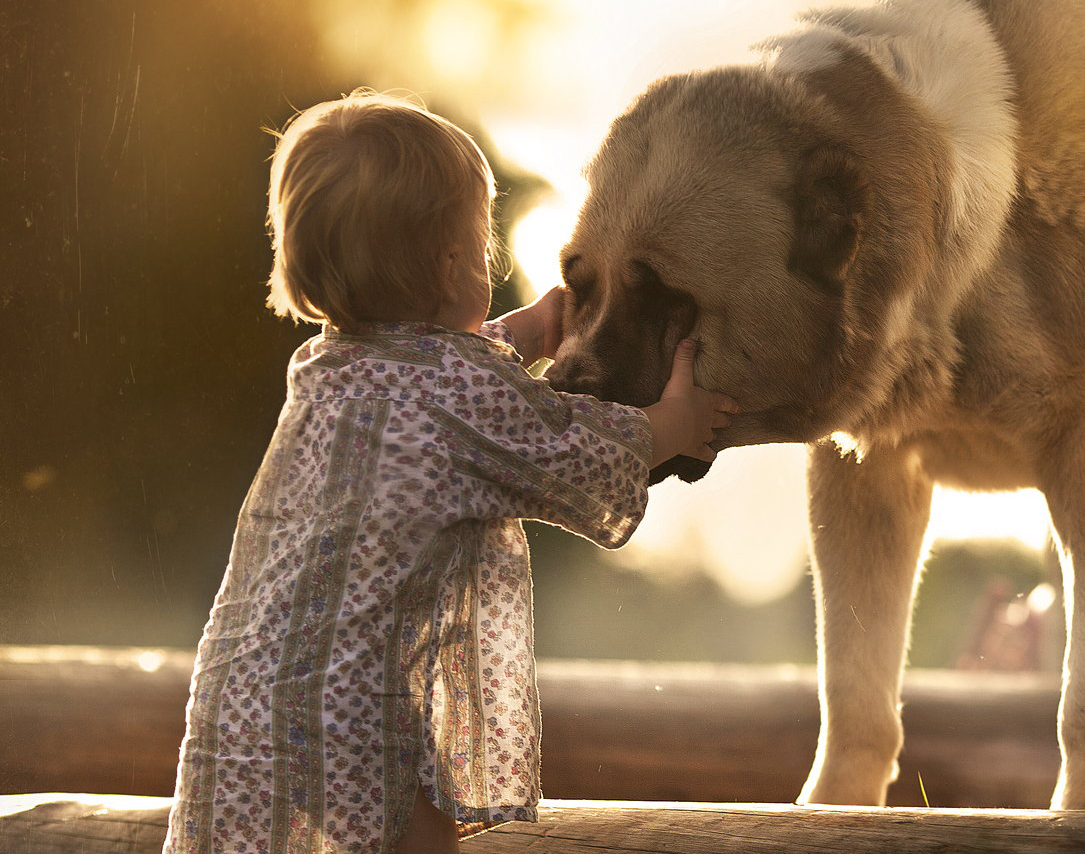
Leave a reply